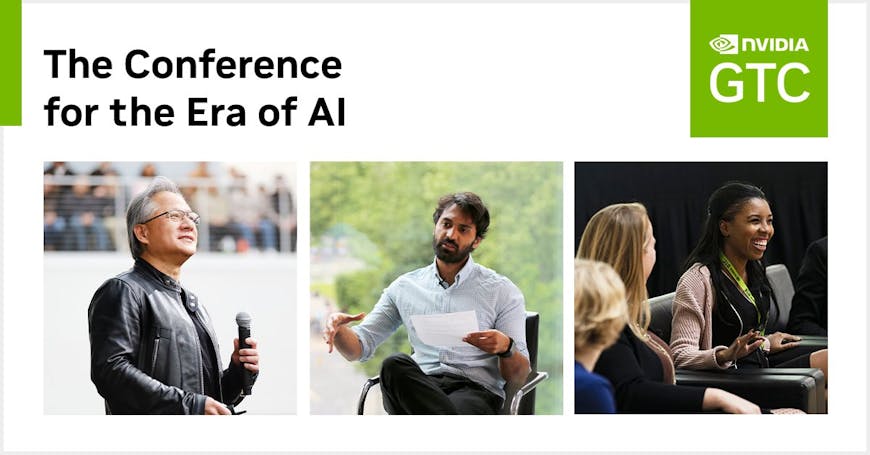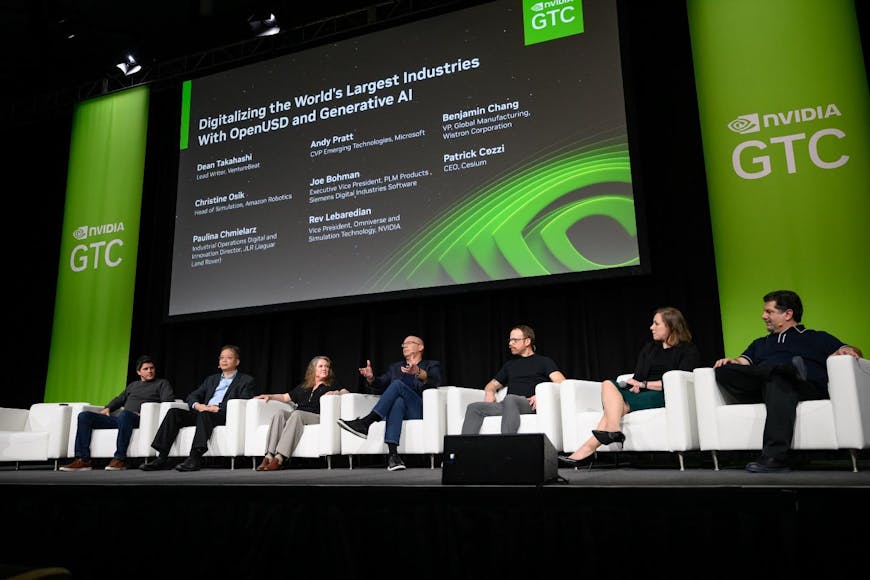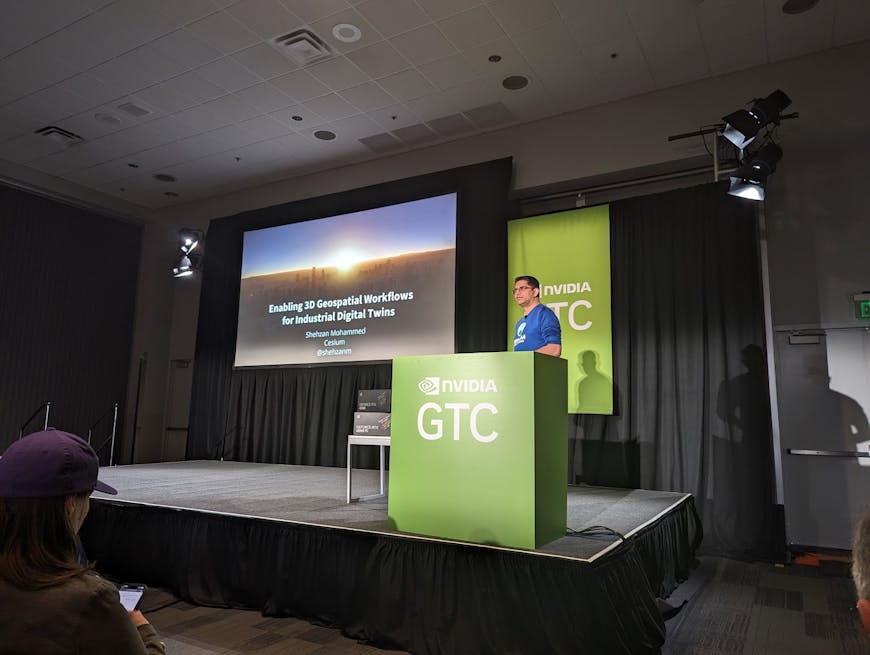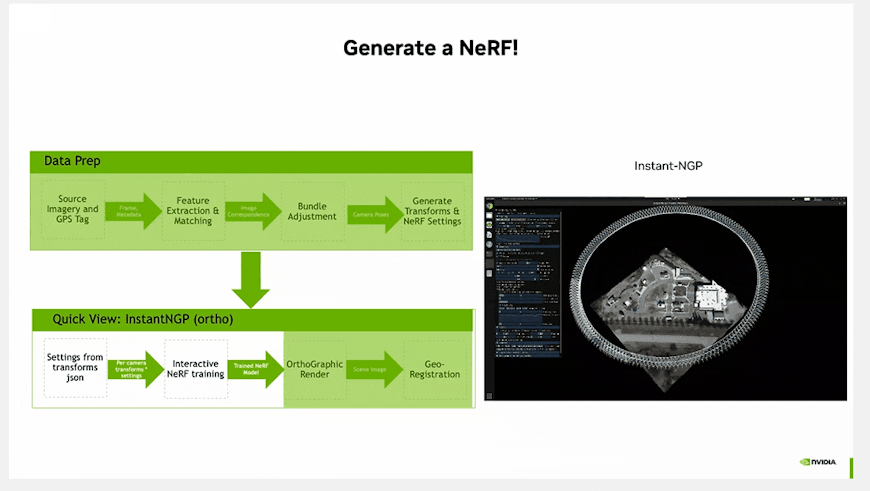Cesium Takes in NVIDIA GTC 2024: Trip Report
Cesium joined our colleagues and partners in San Jose, California, for NVIDIA GTC 2024 in March.
This was my first time attending GTC, the first in-person one since 2019. In that time, quite a lot changed, with the expansion of digital twins and the growth of AI bringing us new tools and technologies. From the opening keynote through the conference sessions, meetings, and events, the energy of more than 18,000 attendees was palpable.

Over 12,000 attendees packed the GTC keynote inside the SAP Center.
The session lineup was impressive, hosted by a variety of industry leaders, with several focused on advancing 3D geospatial technology and digital twins across architecture, engineering, environmental, and industrial markets. It was inspiring to see how engineers are integrating 3D Tiles, Cesium’s ecosystem, OpenUSD, and NVIDIA Omniverse to build valuable solutions. Now all of the sessions from GTC are available to watch free and on demand. This includes the sessions highlighted here.

Digitizing the World’s Largest Industries with OpenUSD and Generative AI
Cesium’s CEO, Patrick Cozzi, participated in a panel of enterprise leaders to provide an update on industrial metaverse projects. The progress of industrial digitalization was discussed, with a focus on the art of balancing what is possible with what is actually needed. Patrick was joined by leaders from Amazon Robotics, Jaguar Land Rover, Microsoft, NVIDIA, Siemens Digital Industries Software, VentureBeat, and Wistron.

Cesium CEO Patrick and fellow panelists.
Enabling 3D Geospatial Workflows for Industrial Digital Twins
Cesium participated in GTC’s OpenUSD Day through the technical session led by Shehzan Mohammed, Cesium’s Director of 3D Engineering and Ecosystems. He shared insight into the creation of our Cesium for Omniverse extension. By leveraging NVIDIA Omniverse’s OpenUSD and Fabric, combined with 3D Tiles and glTF, Cesium supports high-fidelity streaming and rendering for global-scale digital twins using open standards.

Shehzan sharing insight into the creation of Cesium for Omniverse.
Transforming 2D Imagery Into 3D Geospatial Tiles With Neural Radiance Fields
One of the most compelling GTC sessions was focused on a demonstration of a real-time process for taking 2D geotagged drone images and transforming them into high-resolution 3D Tiles. During this presentation, a development team from NVIDIA was able to process drone imagery through NeRFs and into 3D Tiles streaming via Cesium ion, ultimately shown within Omniverse via our Cesium for Omniverse extension.

Transforming 2D imagery into 3D Tiles.
Overall, GTC 2024 showcased the rapid evolution of digital twin technology and its integration with AI, highlighting the innovative strides made by industry leaders within the OpenUSD ecosystem.
The conference underscored the role of platforms like Cesium in driving forward the digital transformation of industries as it continues to unlock new possibilities for creating and visualizing high-fidelity, global-scale digital twins.
To dive deeper into the insights and advancements shared at GTC 2024, explore the sessions mentioned above.